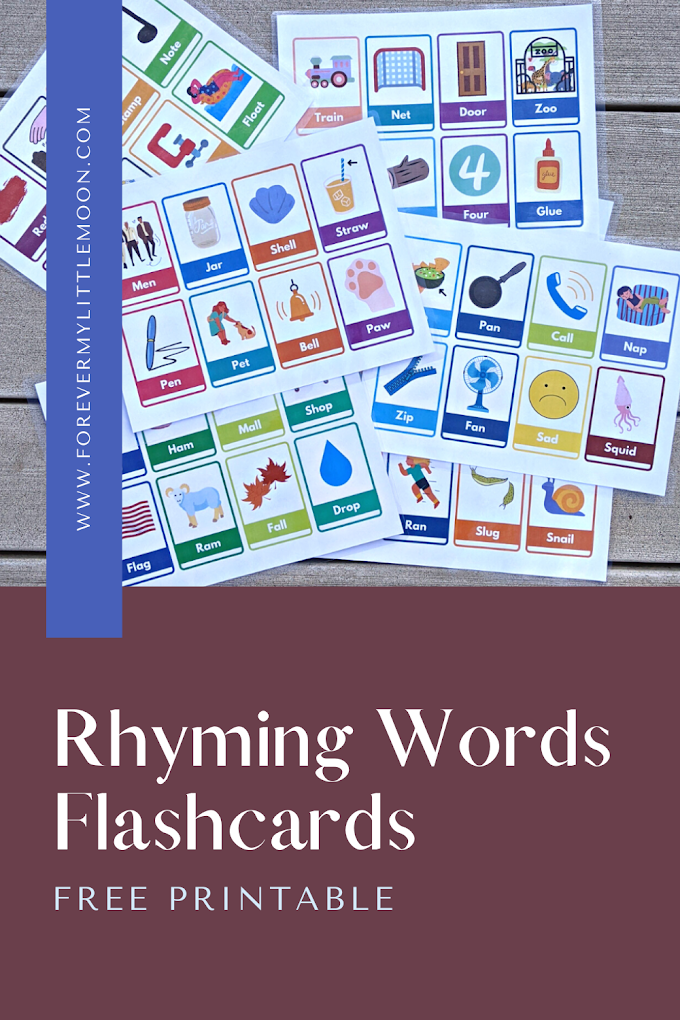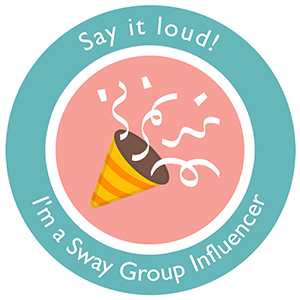Social Issues of the 21st Century Book Reviews
Nomad Press will be releasing the following four new books early April 2019 about social issues in the 21st century (currently available for preorder on Amazon). The books are recommended for ages 12 and up. They are a great way to teach teens about the social issues around them and get them more involved. These books would be the perfect addition for any classroom, and are also great for homeschoolers!
At the beginning of each book, there is a basic timeline, listing important events in chronological order. I loved the timelines as it gave an idea of just how far or how little we have progressed over the years.
All the books have QR codes scattered throughout that you can scan using a smartphone or tablet to explore and learn more online. Each book also has a resource page towards the end that contains a list of URLs, so you can still access the extra material even if you don't have a smartphone or tablet.
At the end of each chapter in each book, there are some discussion questions and activities to help get teens talking about social issues and how they play a role in today's world.
Below I will provide a little information and my thoughts on each book.
At the beginning of each book, there is a basic timeline, listing important events in chronological order. I loved the timelines as it gave an idea of just how far or how little we have progressed over the years.
All the books have QR codes scattered throughout that you can scan using a smartphone or tablet to explore and learn more online. Each book also has a resource page towards the end that contains a list of URLs, so you can still access the extra material even if you don't have a smartphone or tablet.
At the end of each chapter in each book, there are some discussion questions and activities to help get teens talking about social issues and how they play a role in today's world.
Below I will provide a little information and my thoughts on each book.
Feminism: The March Toward Equal Rights for Women
Feminism: The March Toward Equal Rights for Women starts out explaining what feminism is and gives a little overview of all the sections in the book. It then goes on to talk about the three waves of feminism: The Right To Vote, The Awakening, and Intersectionality. It concludes with how feminism plays a part in the 21st Century.
I really loved the section about women's lives in history. There were some important figures that I don't remember hearing about when I was in school, such as Sappho and Sofonisba Anguissola. Though the book's main focus is on feminism in America, it also provides little tidbits about feminism in other countries. It was interesting to see how feminism played out in other parts of the world.
Despite having classes titled "Social Studies," social issues beyond the civil war and women's suffrage, just weren't taught in class. I never even heard the term, "feminism," until I was in high school and it was never taught in class. I never fully understood it until I had a class in college that was actually about social issues.
I think it's extra important to talk to our teens about feminism now as women are still facing inequality today. For example, women still don't get equal pay or equal work opportunities, and there is no federal law granting paid maternity leave in the United States.
I wish this book had been available when I was growing up, but of course, schools avoided talking about gender identity back then. I even took a class on the issue in college to fill my social studies requirement, and despite that, I think I learned way more from this one little book, which is meant for teens!
Gender Identity: Beyond Pronouns and Bathrooms perfectly explains the difference between physical sex, gender identity, and sexual orientation, and how they are all independent of one another. It discusses the history of the transgender movement and the problems many transgenders still face today. Did you know it wasn't until 2018 (last year), that The World Health Organization re-classified gender dysphoria as a sexual health condition rather than a mental illness?
The discrimination transgenders face is still very much alive today. In 2017, 28 transgender or nonbinary Americans were murdered (21 were people of color) just because of their gender identity.
"As of 2015, around 41 percent of transgender people attempt suicide because of the discrimination they face in everyday life" (Cook, Maria. Gender Identity: Beyond Pronouns and Bathrooms, White River Junction: Nomad Press, 2019).
Currently, transgenders are fighting for the right to use the bathroom that matches their gender identity, and though some states have passed laws, others continue to discriminate.
This is why I believe it is important to teach our teens about gender identity and how to be accepting and respectful to all people, and this book is a great place to start!
Immigration Nation: The American Identity in the Twenty-First Century
Immigration Nation: The American Identity in the Twenty-First Century goes over the history of immigration in the United States. It also explains the process (which is very complicated and difficult) and provides life stories from various immigrants to give the reader an idea of what these people have been through and why they come to the United States.The book also provides information on undocumented immigrants (the term "illegal immigrants" is racist), touches on xenophobia, and dispels myths about Mexican immigrants. For instance, despite what many people believe, Asians are actually the fastest growing group of undocumented immigrants, not Mexicans.
Since America is a nation of immigrants, it's important to teach our teens about immigration in order to help them be more understanding and accepting of other cultures and races.
Immigration Nation would pair well with Race Relations (below) as immigrants also face a lot of racism due to not being "White American."
Race Relations: The Struggle for Equality in America
Did you know that slavery was only abolished just over 150 years ago? That's not very long ago and it explains why African Americans are still discriminated against to this day. The idea that everyone should be treated equally despite their skin color is relatively new, so it's more important than ever to educate our younger generations and raise them to be accepting of people of all colors, races, etc.
Race Relations: The Struggle for Equality in America focuses primarily on African Americans but also discusses other races, such as Hispanics and Asians. It does an excellent job explaining how racism started in America (basically our country was founded on racism) and why it still persists today. It starts out with slavery, moves onto separate but equal, and ends with modern-day activism, like the #BlackLivesMatter movement. (I actually didn't know how that movement started till I read this book!)
The book even concludes that the best hope for ending racism is in educating children, so get your teen a copy of this book and start teaching them about racism and how we can end it.
Race Relations: The Struggle for Equality in America focuses primarily on African Americans but also discusses other races, such as Hispanics and Asians. It does an excellent job explaining how racism started in America (basically our country was founded on racism) and why it still persists today. It starts out with slavery, moves onto separate but equal, and ends with modern-day activism, like the #BlackLivesMatter movement. (I actually didn't know how that movement started till I read this book!)
The book even concludes that the best hope for ending racism is in educating children, so get your teen a copy of this book and start teaching them about racism and how we can end it.




















